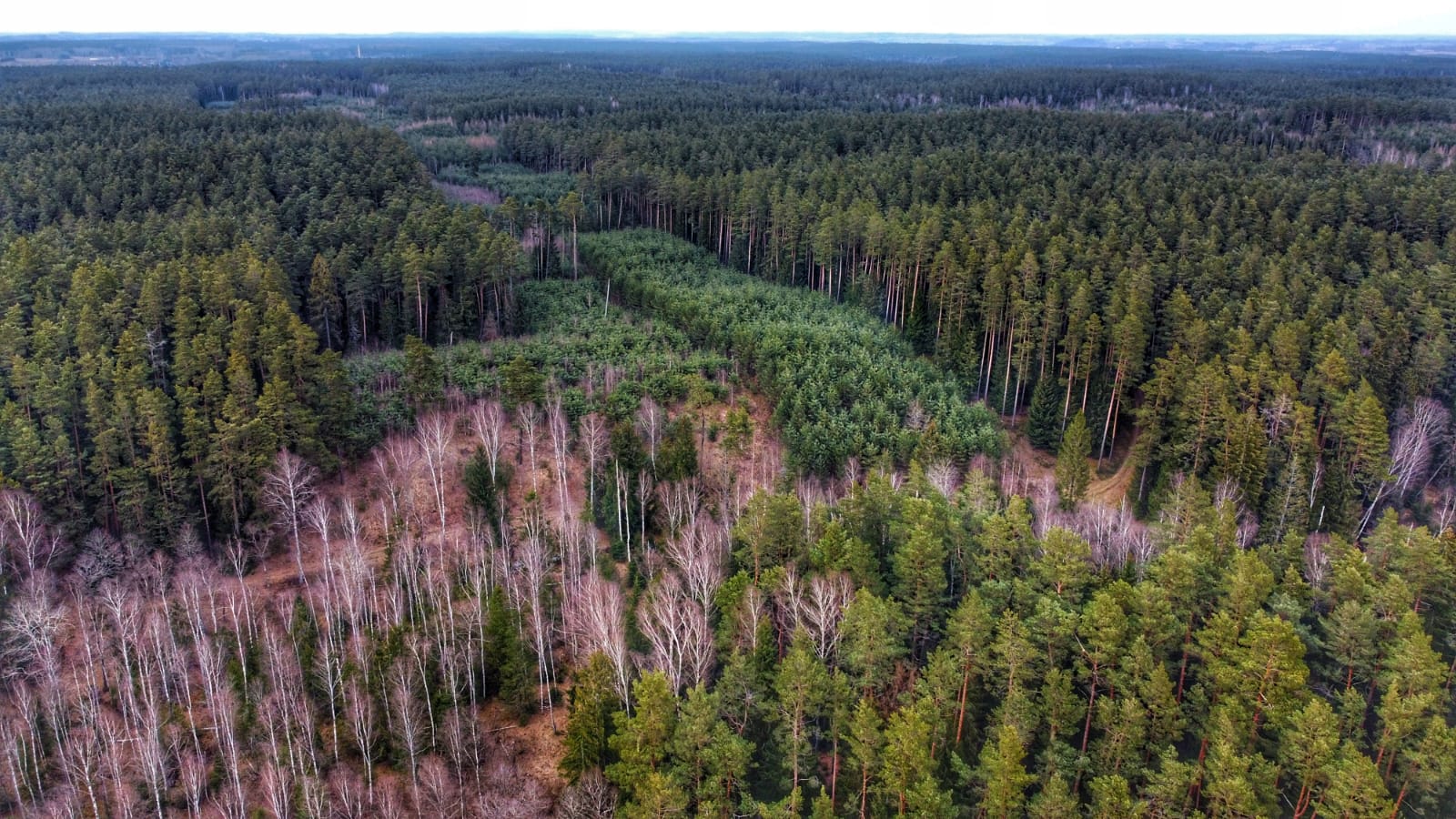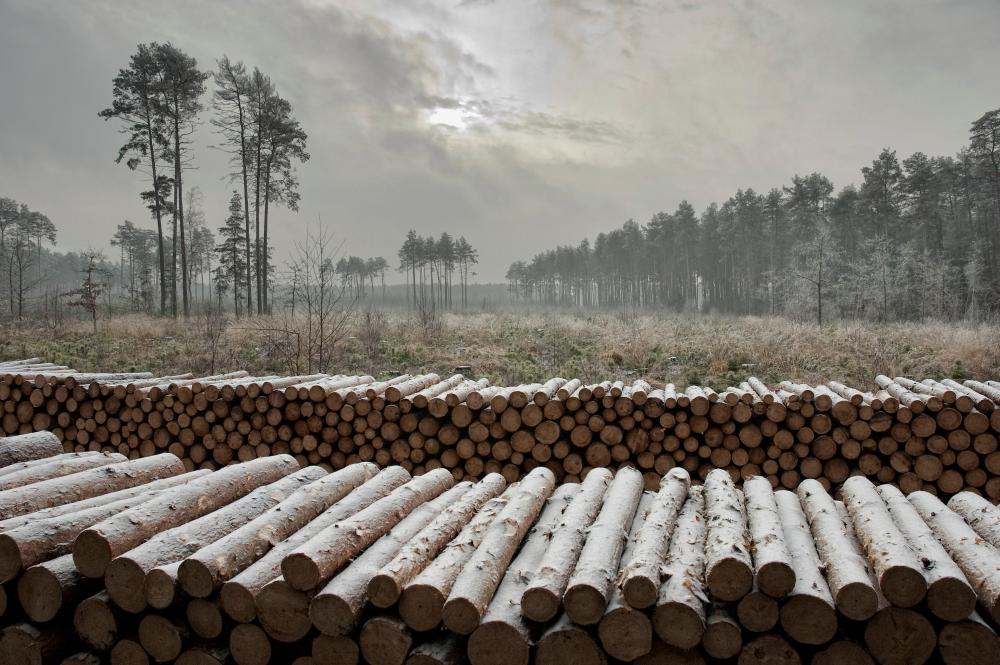 Asset Publisher
Asset Publisher
Sale conditions
Sale conditions of wood are specified by the regulation of Director – General of the Sate Forests.
Within the framework of the individual sale , the foresters try to meet the fast growing demand, because more and more people use wood in order to heat their houses. Contrary to general opinion, these are not only village people, even though they prevail among recipients. The growth of firewood demand is the result of occurrence of new housing estates built in the suburbs of large agglomerations, where houses are usually equipped in fireplace heating installations.
Firewood is not only the most ecological heat source, but also is much more attractive in respect of relation of price and electric efficiency, rather than cola, oil, gas or electric power.
In recent years, the Sate Forests increased the sale of firewood of one third – up to over 4 million cubic meters annually. Firewood is not only the most ecological heat source, but also is much more attractive in respect of relation of price and electric efficiency, rather than cola, oil, gas or electric power. Some of customers choose already prepared and cut into pieces wood, the others very willingly obtain it by themselves after arranging all details and fulfilling particular safety conditions, and after paying the fee; that concerns mainly so called "thinnings". Such a raw material is very cheap, that is why many people from village areas profit from such possibility.
 Asset Publisher
Asset Publisher
 Asset Publisher
Asset Publisher
Zasoby leśne
Zasoby leśne
Zasięg terytorialny Nadleśnictwa Wipsowo wynosi 727,33 km2. Powierzchnia ogólna Nadleśnictwa, w dniu 01 stycznia 2018 roku, wynosi 22.143,79 ha, w tym powierzchnia leśna 20.906,98 ha, grunty związane z gospodarką leśną 615,36 ha. Uwzględniając powierzchnię lasów niepaństwowych lesistość w zasięgu administracyjnym nadleśnictwa wynosi 29,6%. Średni wiek drzewostanów wynosi 55 lat.

Typ siedliskowy lasu
Największą powierzchnię w Nadleśnictwie Wipsowo zajmuje Lśw (38,03%), następnie
LMśw (30,13%) i BMśw (17,46%).
Siedliska borowe zajmują 22,24%, lasowe 73,37%, a olsowe 4,39% powierzchni leśnej
Nadleśnictwa.
Udział miąższościowy gatunków panujących
Głównymi gatunkami drzew na terenie nadleśnictwa są gatunki iglaste, z dominującym udziałem sosny, modrzewia i świerka. Coraz większy udział zaczynają stanowić gatunki drzew liściastych, szczególnie gatunki takie jak: brzoza, dąb, olsza.
Produkcyjność gatunków lasotwórczych
Klimat pojezierny przejściowy z zauważalnym wpływem klimatu kontynentalnego sprawia, iż na terenie naszego nadleśnictwa gatunki drzew iglastych charakteryzują się dużym przyrostem miąższości oraz wysoką jakością hodowlaną. Dominującym gatunkiem jest świerk, sosna i modrzew. Wśród gatunków liściastych największym przyrostem odznaczają się gatunki drzew szybko rosnących (brzoza, topola) oraz grab.
Udział drzewostanów w klasach wieku
Średni wiek drzewostanów w Nadleśnictwie Wipsowo wynosi 55 lat. W lasach nadleśnictwa Wipsowo zauważalny jest korzystny trend zrównywania się udziału poszczególnych klas wieku. Na uwagę zasługuje również zwiększanie się powierzchni lasów w najstarszej klasie wieku (+160 lat).







